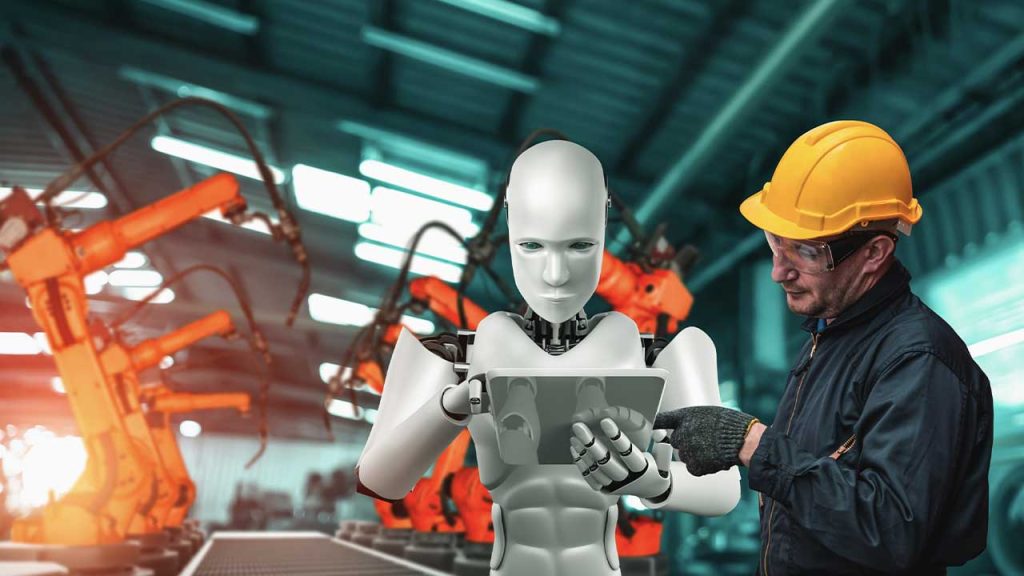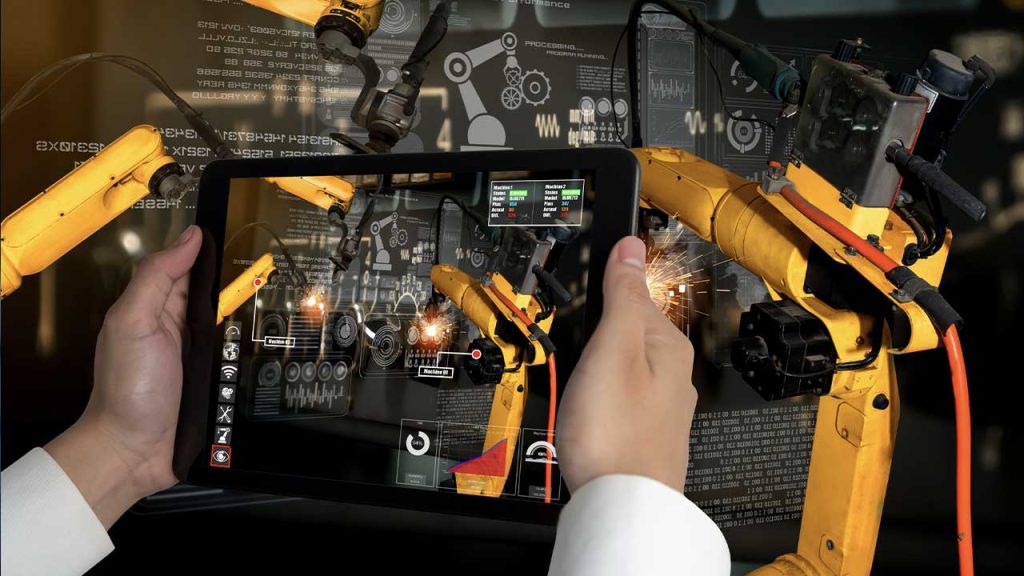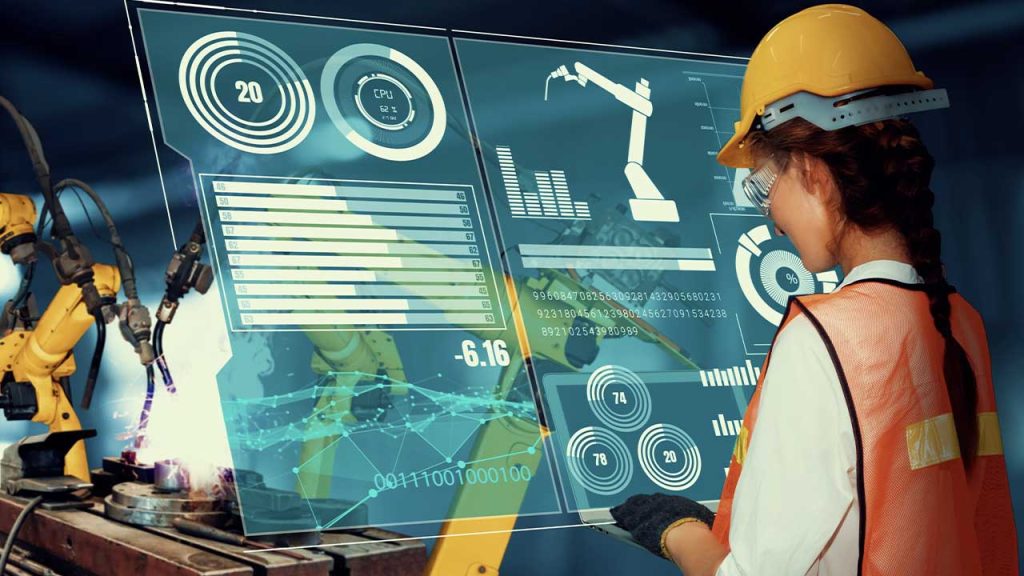A Complete Maintenance Team Made of AI Agents — and Why It Changes Everything
How a coordinated team of AI agents tackles everyday pain points across planning, scheduling, reliability, and feedback
AI in maintenance isn’t always about robots taking decisions or futuristic predictions. AI can also take on a very practical role in maintenance: acting as a full maintenance team of AI agents that quietly handles the everyday points of friction — the tasks easy to forget, the feedback that’s hard to chase, the context hidden inside procedures and reports.
By offloading these chores, maintenance professionals gain space to focus on what matters: designing solid plans, walking the plant, and shortening Management of Change lead times. The outcome isn’t a replacement for people, but a digital crew that gives human expertise room to breathe.
Inside the AI Maintenance Team
What makes this approach powerful is that it isn’t “one big assistant.” It’s a true team, with a clear division of labour.
At the top sits a coordinating agent, keeping an eye on everything across planning, scheduling, and reliability. It reasons over the whole picture, asks critical questions, and spots where actions overlap or collide.
Beneath it are three main roles — the Planner Agent, Scheduler Agent, and Reliability Agent — mirroring the functions you find in every maintenance department.
Each of them works with several vertical AI agents — meaning small, specialised colleagues that focus on just one job. Think of an agent dedicated only to checking if new work orders meet gatekeeping rules, or another that keeps track of document and drawing updates. They handle the detail, report back to their lead, and together give a complete, current view of what’s happening.
Instead of scrolling through systems or chasing updates, human planners and engineers interact with a well-organised digital crew. Information flows from the specialists up to the leads, and finally to the coordinating agent — so decisions stay consistent, and the maintenance team always has the right context at hand.
What makes them effective
• The value of these agents lies not in bold predictions, but in their ability to handle routine with precision:
• They surface the right information at the right moment — no hunting through dozens of screens.
• They collect and organise feedback from the people who know the answers.
• They keep procedures, standards, and lessons learned within reach, without lengthy searches.
• They maintain continuity: knowledge doesn’t disappear when staff rotate or leave.
Because every interaction feeds back into the system, data quality steadily improves. Over time, a robust knowledge base emerges, reflecting how maintenance work is actually done.
Impact on the way teams work
Organisations adopting AI agent teams report tangible shifts:
• Time released for thinking and collaboration – up to 50% more capacity for analysis and proactive planning.
• Faster cycles – MoC and similar processes move quicker when context is surfaced instantly.
• Consistency – routine checks and clean-up actions happen without delay, protecting KPI reliability.
• Resilience – the “digital crew” doesn’t take leave or forget details, ensuring continuity across shifts and sites.
These gains don’t come from automating judgement. They come from removing the hidden drag that keeps maintenance professionals from applying their craft.
Visibility through dashboards
Visibility is critical: everything an AI agent does should be easy to follow. Dashboards record every question they ask, every suggestion they make, whether advice was accepted or rejected — it’s all logged and displayed in clear views.
Teams can see how the agents reached their conclusions, which recommendations added value, and where they may have taken a wrong turn. This transparency lets people refine the agents, track improvements over time, and spot issues early. Far from being a black box, the digital maintenance crew works in the open, with its reasoning and impact easy to follow.
Looking ahead
As AI agents mature, they will capture more context from daily work: explanations, small fixes, lessons learned. In a few years, a site can hold a living library of maintenance insight, available the moment a new issue arises.
That prospect isn’t about replacing the workforce. It’s about preserving hard-won experience and making it available, reliably and safely, to every person who maintains the plant.
Maintenance will always rely on people who understand assets, risk, and reliability. A complete team of AI agents doesn’t change that truth — it amplifies it, freeing professionals from routine so they can focus on engineering judgement and long-term performance.
About the author
Miranda Moonen is the founder and CEO of GUSTY.ai. With 15 years of experience in maintenance and reliability at petrochemical sites and tank terminals worldwide, she focuses on building practical tools that improve data quality and free engineers to apply their expertise. GUSTY develops AI agent teams and dashboards that help maintenance departments work proactively, keep KPIs trustworthy, and capture knowledge for the long term.



